I’ve been a case modder for over a decade now, and whilst I am relatively unknown, some of my designs are not. I have made many entries into design contests around the world.
Having been involved with the casemodding world for so long, I’ve seen the community begin to stagnate. Everyone wants a feature on MPDC, CaseModBlog, Bit-Tech, etc etc. So the recipe for the old classic mods has now become the norm. Fine, I say, this is the way tech moves along. Yesterday’s supercomputer performance is today’s desktop performance, then tommorow’s smartphone performance. Same goes with most, if not all, industry.
But if there are so many different form factors on the market (including proprietary ones), why does everyone use ATX, M-ATX and M-ITX? Yawn! There are so many others available, from E-ATX server boards (great for getting a lot of cores for rendering/encoding), to com-express (uber embedded). Then you start looking at proprietary form factors and the options are almost endless!
As you can see there are a wide variety of shapes, sizes and functions. Yes, you most likely will be locked down to stock clocks and limited bios settings, but, in this day of incredibly powerful processors and fast memory, who needs it? The cutouts, component locations and the like could lead to an epic new case design.
Think different, try something new next time you plan a new build!
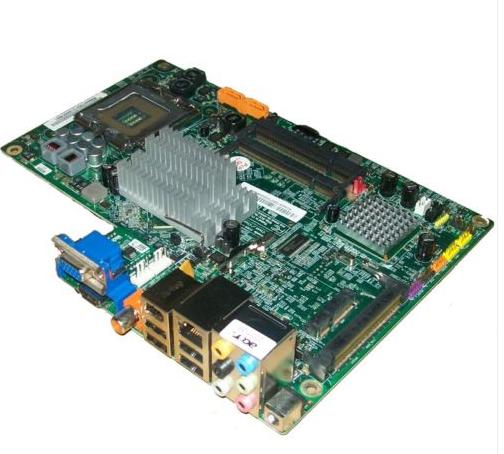
This board is designed especially for a model of SFF Acer PC. Who says we have to stay with an Acer chassis? Where’s the fun in that? The board supports a socket 775 Intel processor, SODIMM memory, and a mini PCIe expansion card. I can’t seem to find much more information on this board, but that’s nothing a few hours on Google won’t fix if you’re keen for something a bit different.
The board takes DC power direct from a power brick, so you save the space of an internal PSU. The rear panel features this jack, along with DE-15 for analogue video, HDMI, a composite audio RCA style jack, a single firewire (IEEE1394), four USB 2.0 ports, a single RJ45 for ethernet, and 7.1 channel audio via 3.5mm jacks.
A motherboard like this could make an excellent micro webserver, low power web browser or similar. Unfortunately with only 965g graphics and no visible expansion slot for a GPU, the use of this board as a HTPC or media box is quite limited. The cut-out next to the CPU socket would make for a great spot for an extraction fan or two, pulling air through a passive CPU heatsink, reducing the number of fans for a quieter computing experience.
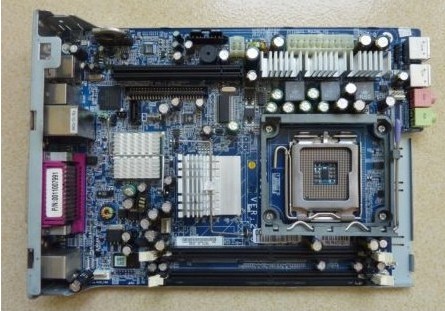
Another socket 775 motherboard (you’ll see a lot of 775 proprietary boards, after this generation most OEMs returned to standard form factors), this time from IBM. This one supports a standard ATX power supply, which makes things a little easier.
This board features a PCI/PCIe slot, which will need a riser, as it splits to 1x PCI and 1x PCIe x16. The front panel inputs are part of the motherboard, meaning less wires for your intended mod. Full size DDR DIMM slots enable you to use those DDR sticks you have gathering dust in your parts pile.
The rear panel features 6x USB 2.0, 4 channel audio, a RJ45 for ethernet, a VGA analogue display output, and, interestingly, DB25 (parallel/LPT) and DE9 (serial/com) ports. This could be the ideal board for your CNC/ low scale robotics projects.
To be honest, this board is getting long in the tooth, and will be very limiting in what it can do in today’s tech world. However, they are available cheap on eBay, so could serve a lightweight purpose, or a mod just for fun.
Two of the infamous BTX motherboards!
This particular one is Micro-BTX. With a different airflow design and layout, BTX was Intel’s (failed) replacement for ATX/M-ATX. Unfortunately due to costs and OEM manufacturers not taking the idea further than Socket 775, the idea never took off.
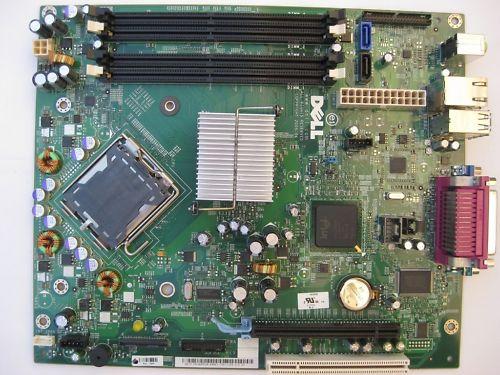
Dell also released a Socket AM2 BTX board for their Optiplex line:
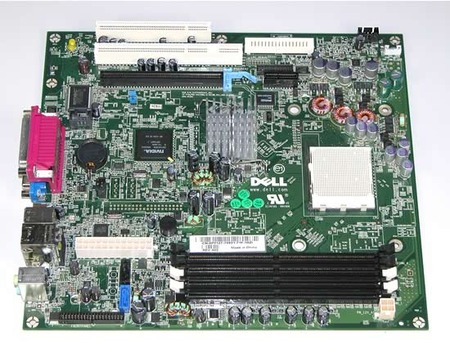
Both boards have 4 channel audio, DB25 (parallel), DE-9 (serial), onboard video (via VGA DE-15 port), five USB 2.0 ports and a single RJ45 for ethernet.
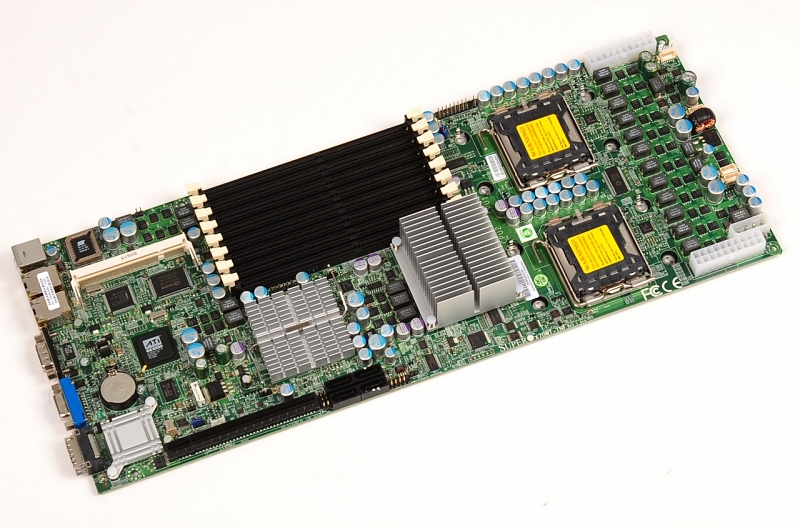
After a barrage of socket 775 boards, I thought I’d share with you a board that I’m using for a project. Featuring dual socket 771 for Xeon processors, this one is a little powerhouse. Measuring 16.5cm x 41.5cm, it is only 2.5 times the size of an ITX board, but with four times as many RAM slots and twice the processor sockets. Most dual Xeon boards are ATX or larger, this one is tiny in comparison. The X7DWT covers 685 cm2, vs 1006 cm2 for the E-ATX, or 744 cm2 for ATX boards. While you do lose out on expansion slots (and unfortunately onboard audio) you do get a nifty dual processor motherboard for little outlay. Audio will have to be added via an USB Digital Audio Convertor (DAC).
The motherboard features a PCIe x16 v 2.0 slot, which, with the right riser, can be split into 2x PCIe x8 slots. Four SATA 2 (3.0Gbps) ports are available, however without a riser, the two closest to the edge of the board are blocked by any card in the PCIe slot. SuperMicro does have a riser that splits the x16 slot into two x8 slots, which may be useful for audio/RAID/etc. The SODIMM style slot near the DIMM banks is for a IPMC card (Internet Protocol Management Card). This enables remote management of the system as well as monitoring of system vitals.
Planning a mod? Why not use a funky, non-standard motherboard? Break the chains of ATX and try something different!
There are some fascinating options in the proprietary and non-ATX motherboard market. Just spend 5 mins on eBay in the motherboard section and you will discover a whole new world of tech. The different shapes, sizes and features can lead to a whole new world of modding.
Think back to the launch of M-ITX by VIA. People were scared off by the new form factor, and it took a while for modders to pick up the new size. However, these days most big motherboard manufacturers have many different M-ITX boards, covering Intel and AMD processors, socketed and embedded. Have you modded with any unique form factors? Discuss in the forums.
